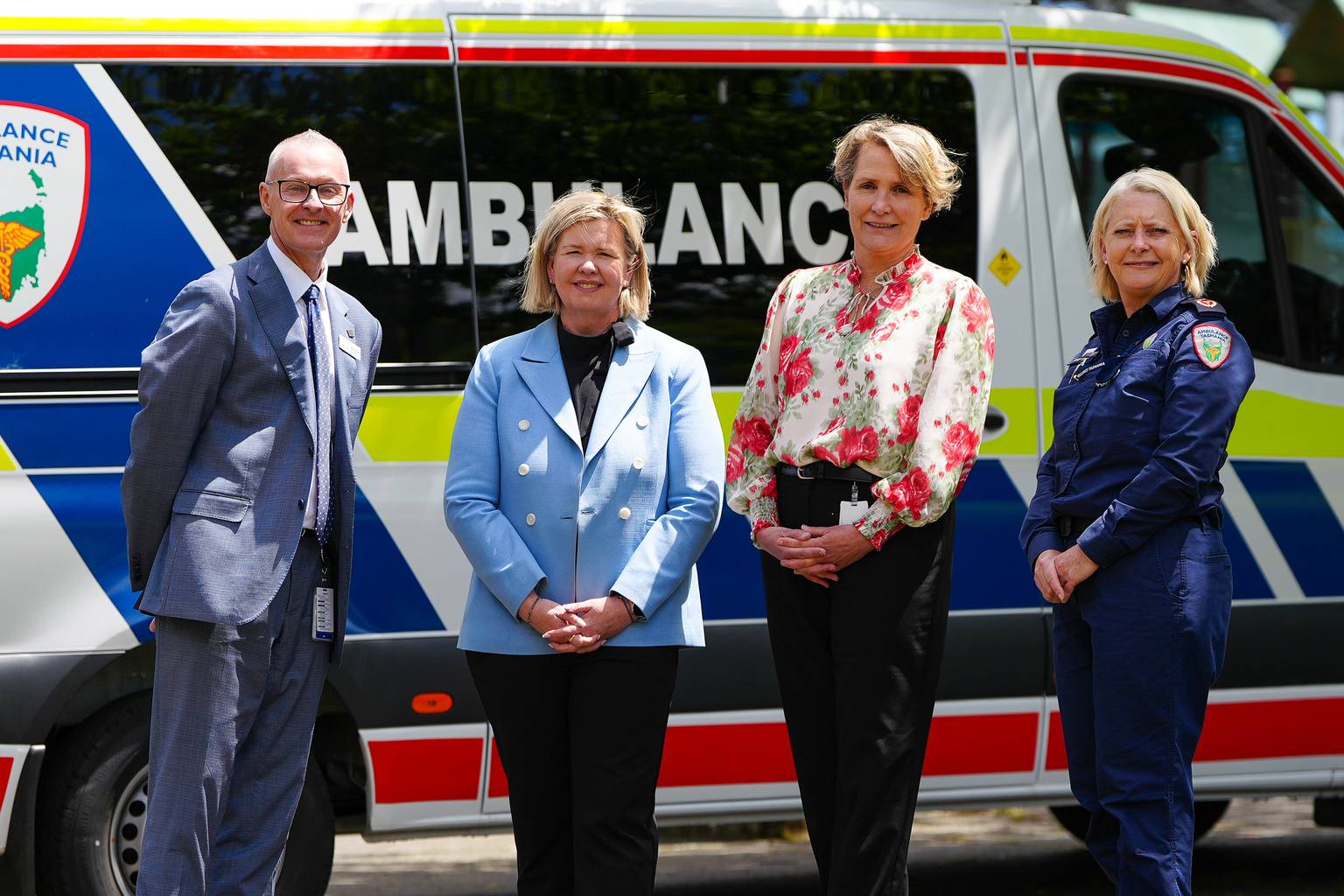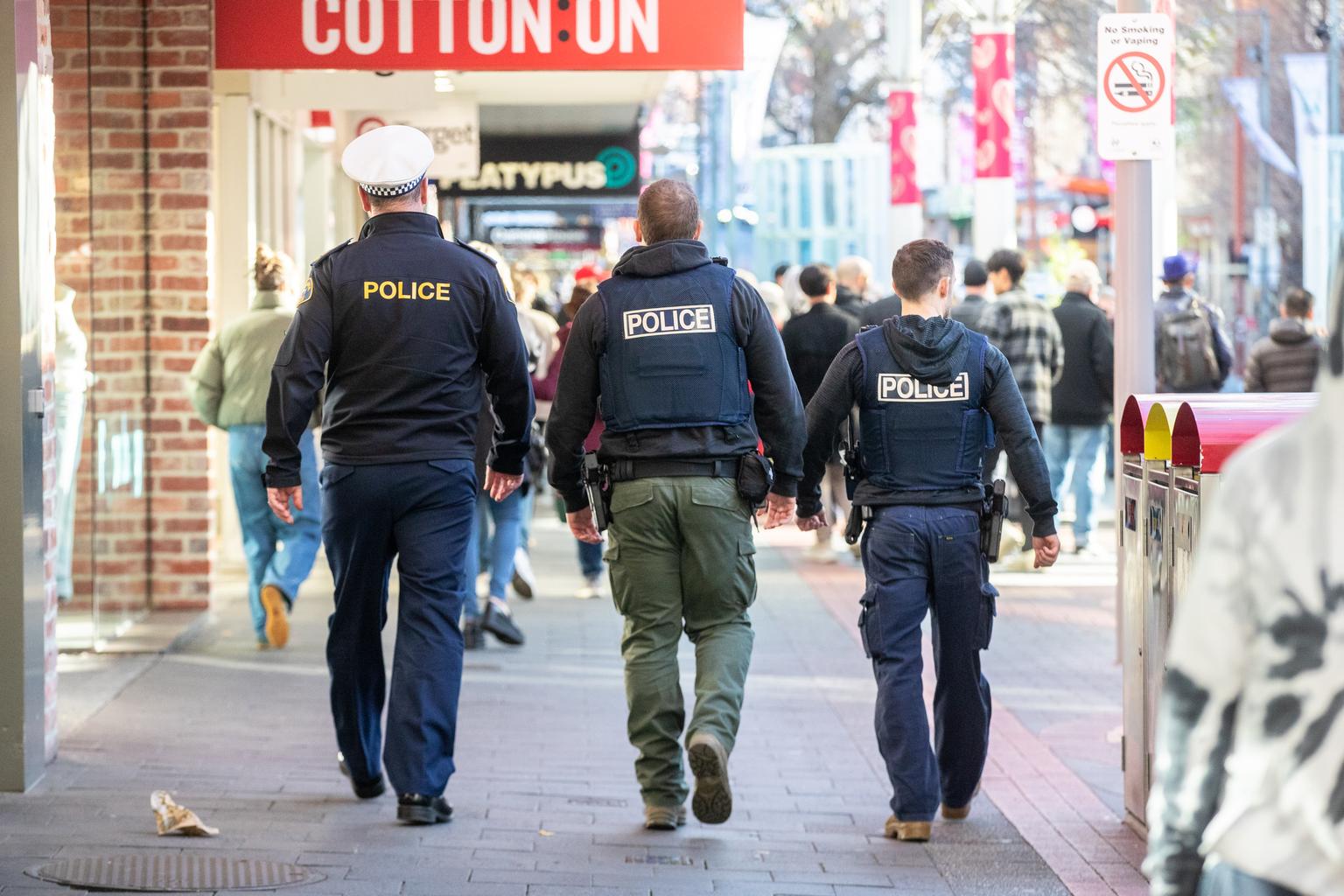Tasmania’s hospitals will have just 45 minutes to offload ambulance patients from mid-December.
Health Minister Bridget Archer announced the tighter transfer target at the Launceston General Hospital on Thursday.
She said the current 60-minute ‘ramping ban’ had already freed up 17,500 ambulance hours since its introduction in April 2024.
“That has meant that ambulances have been able to get out of the hospital, get back on the road and see to Tasmanians sooner,” Archer said.
“We want to continue that work. We want to move to the next phase of that transfer of care protocol.”

The statewide change will take effect from December 15.
Interim Ambulance Tasmania CEO Michelle Baxter said the service was “very excited” about the new benchmark.
“I’ll be working hard supporting our crews to ensure that they’re back out in the community and attending to the people of Tasmania,” she said.
Deputy Secretary of Hospitals and Primary Care Brendan Docherty said northern hospitals were already meeting the 45-minute mark 80% of the time.
The next goal, he said, would be to reach 30 minutes.
Meanwhile, the Health and Community Services Union (HACSU) says the paramedic workforce is stretched to breaking point.
In a post on its Priority1 page, HACSU said “critical staff shortages continue to plague your ambulance service”.
“Our ambulance workers are running on fumes,” the union said.
“They keep showing up because the community needs them, but the exhaustion is piling up and it’s not sustainable.”

The union shared photos of ambulances ramped at the Royal Hobart Hospital and screenshots of messages calling paramedics to fill vacant shifts and work additional overtime.
Minister Archer acknowledged “there is always more to do” but said the protocol was delivering results.
She also used the announcement to call on the federal government to boost hospital funding, arguing that patients unable to be discharged were clogging the system.

“We really need the federal government to honour their commitment that they made for that 45% health funding,” she said.
The 45-minute target will be introduced in stages, with an initial aim of 80% compliance before pushing toward 90%.







